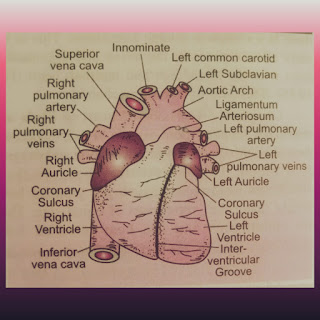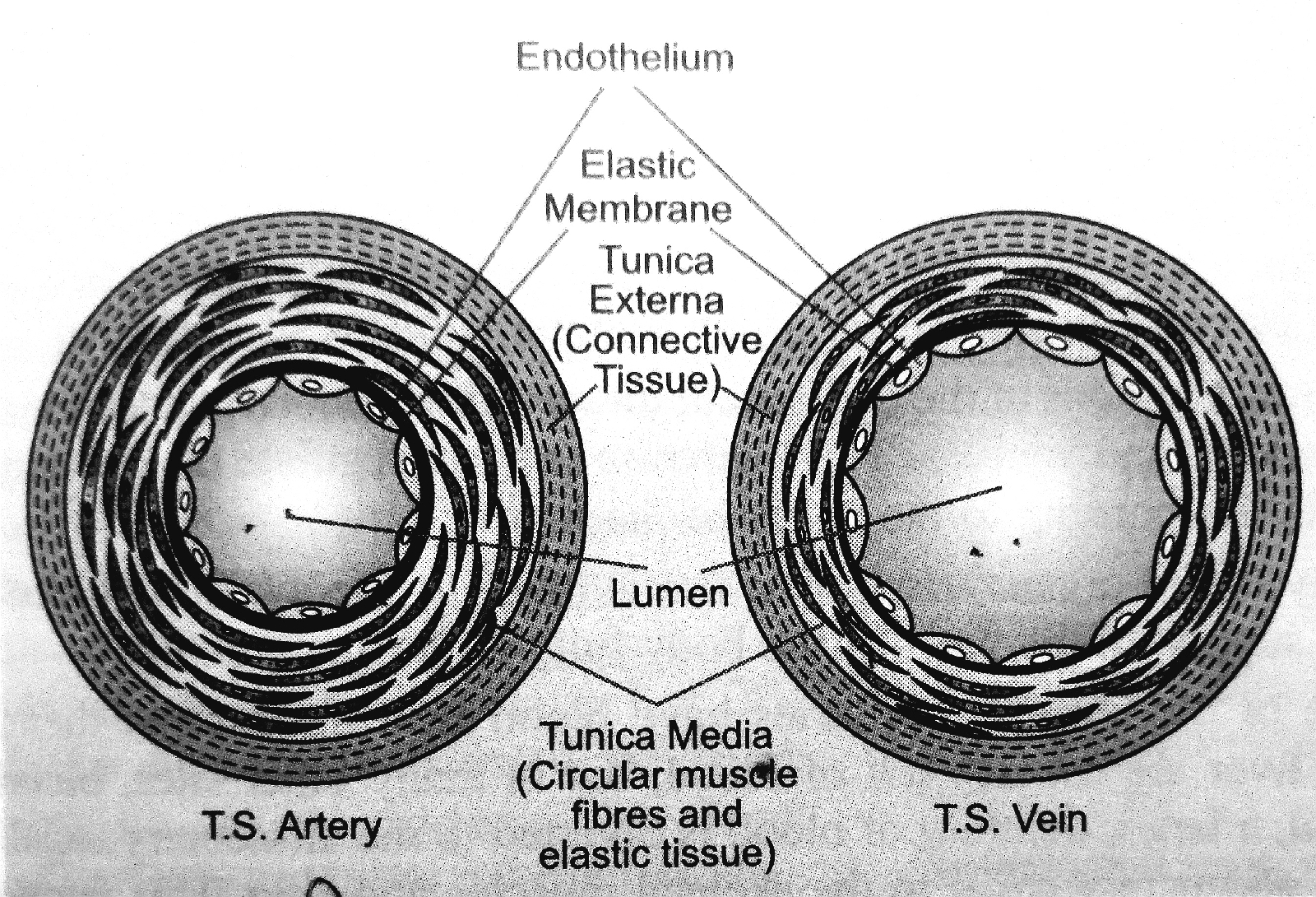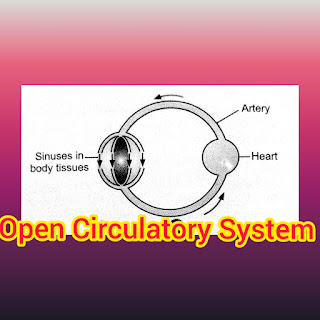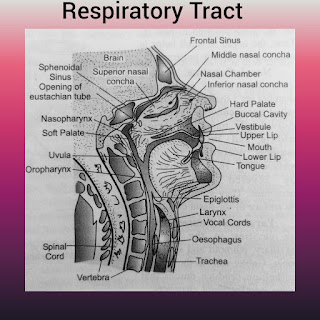What is Homeostasis, Osmoregulation and Excretion?
Homeostasis - homeo means same and stasis means standing. The definition of homeostasis is maintenance of the constant internal environment of the body. Internal environment is very necessary for normal life processes. The osmoregulation, excretion and homeostasis are inter linked with each other. Osmoregulation and excretion help in maintaining chemical and fluid homeostasis. Osmoregulation- It is the process in which they regulate the body salt and water content. This process maintain the composition of the body fluids at steady state for efficient metabolism in the cells. The body fluids are of two types- i) Intracellular fluid- Found within the cells. ii) Extracellular Fluid - Found outside the cells. Excretion - It regulates the volume, composition, ionic contents, pH and osmotic pressure of the body fluid by removing substance in harmful quantity and conserving material necessary for normal functioning of the body. Excretion maintain the homeostasis. All body fluids exchang




.jpeg)
.jpeg)
.jpeg)

.jpeg)